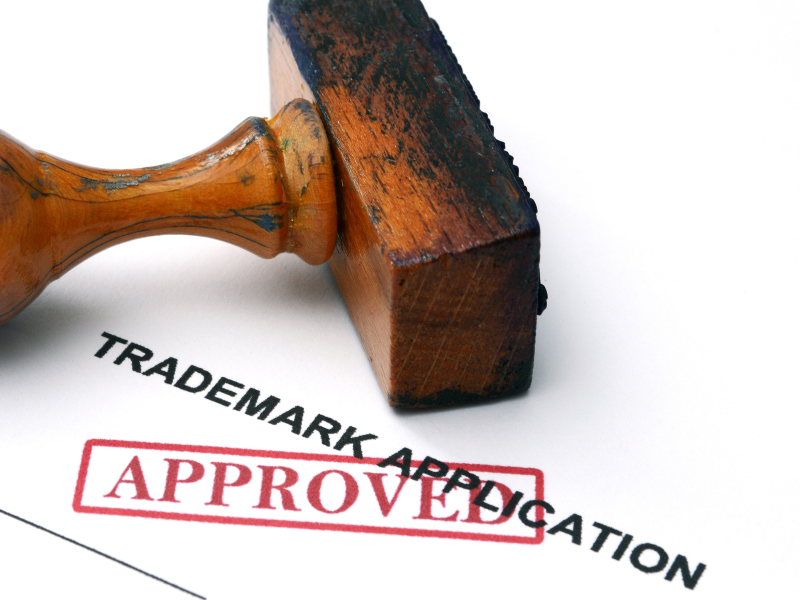Companies that develop brands face a myriad of challenges. From product inception, market research, packaging, production, marketing and sales, distribution and more. Yet, all of these are essential to getting the products to market and establishing brand value. Where many companies fall short, unfortunately, is implementing strategies to protect the value of that immense investment. For many, it’s just another detail and they’ll take care of when they have to.
This is an incredible mistake. It’s like spending a small fortune purchasing property and building a house in the forest. Fire mitigation, access to water, fire insurance and more are necessary to protect that investment. In a way, though, this is a simpler affair the protecting a brand. That effort requires some very specific thinking and decision-making.

Initial Challenges and Strategies for Brand Protection
The initial challenges are in determining and deciding upon the best strategies to use for brand protection. The quiver holds many arrows and include:
-
Intellectual Property: Applying for patents, trademarks and copyrights can be time-consuming and, if an attorney is involved, fairly expensive. But these are imperative if a brand wants to stake its claim in the names, photographs, packaging, and other unique, distinguishing aspects of a product. Registering IP also provides heightened legal protections and recoverable damages.
-
Policies and Agreements: There are many options in this area that include, MAP (minimum advertised pricing) policies, Authorized Reseller Agreements, Warranty provisions, and Distribution Agreements, to name a few. These strategies are foundational, but many companies don’t know what they are. Education is key.

Challenges with MAP (Minimum Advertised Price) Policies
When it comes to MAP (Minimum Advertised Price) policies, brands often encounter several challenges when it comes to enforcing the policy effectively. However, there is no better policy to have in order to protect a brand’s perceived value, retail margins, and retailer relationships. Here are some common challenges they typically run into:
-
MAP Pricing: Determining the MAP price can be difficult, but not insurmountable. Too high and it will never be followed. Too low and it could cheapen the brand. Should MSRP be the MAP price? Should it be a percentage below MSRP or a percentage above wholesale?
-
Monitoring and identifying violations: One of the significant challenges is sifting through the noise of online platforms to identify unauthorized sellers and instances of MAP violations. With a vast number of online marketplaces and ecommerce websites, it becomes challenging to monitor all the channels effectively and detect violations in a timely manner.
-
Gathering evidence: Once a potential MAP violation is identified, gathering sufficient evidence to prove the violation can be difficult. Brands need to collect screenshots, listing IDs, links, and any other relevant information to demonstrate that the advertised prices are lower than their MAP.
-
Identifying sellers: Brands often face challenges in identifying the sellers responsible for the MAP violations. Online marketplaces may have multiple sellers offering their products, making it challenging to pinpoint the specific seller(s) violating the policy.
-
Communication with stakeholders: Enforcing a MAP policy requires effective communication with various stakeholders, such as authorized retailers, distributors, and online marketplaces. Brands need to educate their partners about the policy, monitor compliance, and address any concerns or disputes that arise.Maintaining consistent communication with these stakeholders can be challenging, especially when dealing with a large number of retailers or distributors.
-
Online marketplace resistance: Some online marketplaces may not be cooperative in enforcing a brand's MAP policy. They may have their own pricing strategies or may prioritize seller freedom, making it challenging for brands to ensure compliance across all platforms.
-
Competitive pressures: Brands may face challenges when their competitors undercut the MAP policy, offering lower prices and potentially eroding their market share. This can create pricing pressure and require additional strategies to maintain brand value and market position.

Protecting Your Brand's Future with Effective MAP Enforcement
When it comes to protecting your brand's immense investment and ensuring its long-term viability, navigating the challenges of enforcing MAP policies is not just a necessity but a strategic imperative. By harnessing the capabilities of MAPP Trap's advanced monitoring tools and comprehensive solutions, you can safeguard your brand's value, fortify its market position, and secure its future success. With MAPP Trap as your unwavering partner in brand protection, you can confidently invest in your brand's longevity, knowing that every effort is being made to shield it from threats and position it for enduring prosperity.